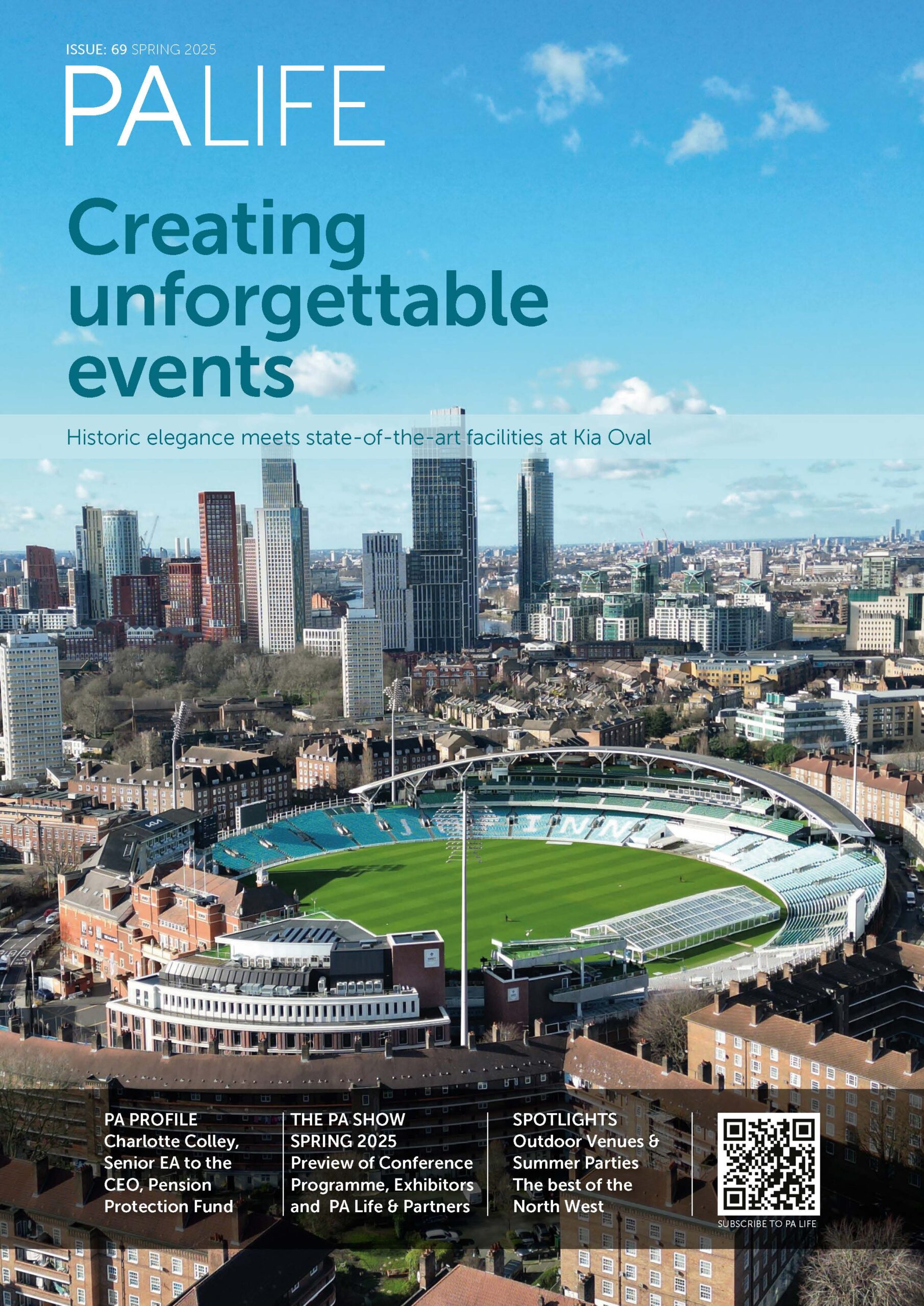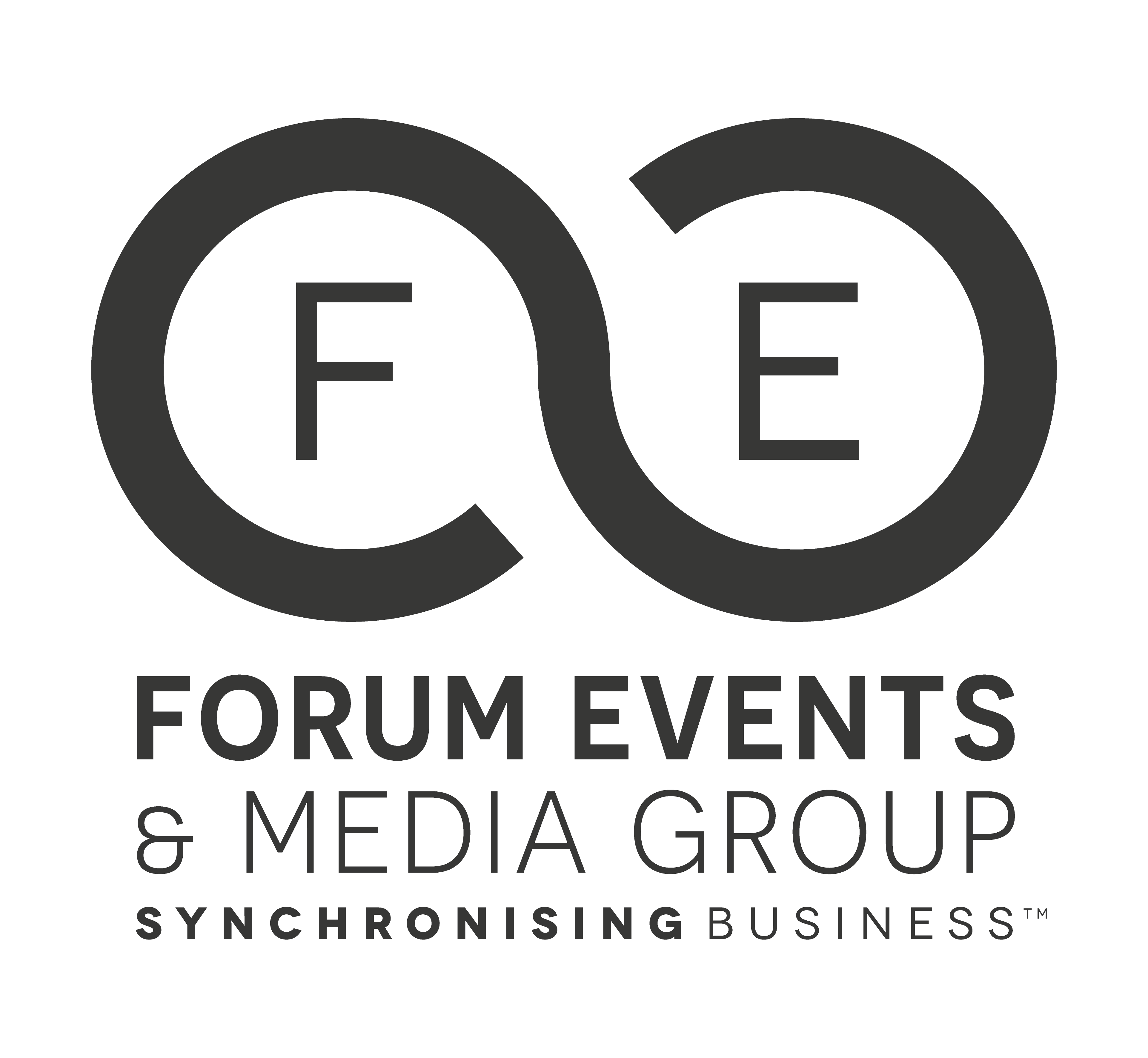PA Life brings you great insights from Stephen Bruyant-Langer, author of ‘The Existential Playbook – How to Survive, Live and Thrive’. Stephen discusses the pivotal questions of what to do when nothing feel enough and how to find true satisfaction…
Eskimos have lots of words for different types of snow to describe this important element in their lives. Everyone working in a management team—be it as a business owner, an executive, manager or PA—could use some of that variety when it comes to the word success. It can mean different things to different people, but happiness isn’t always part of the deal. Dissatisfaction often stems not from a lack of success, but from an imbalance in how we engage with life that in turn leads to a lack of meaning.
Understanding the three elements of a satisfying life
20th-century political theorist Hannah Arendt was known for her profound reflections on power, totalitarianism, and human activity. Her concept of vita active (the active life) identifies three fundamental types of human activity: labour, work, and action. Let’s “translate” these concepts for contemporary life as Mindful Movement, Creative Doing, and Impactful Thinking.
1. Mindful Movement
This involves activities that maintain our life and environment – exercise, household maintenance, cooking, gardening. These activities connect us to our bodies and the natural world, grounding us in the present moment. When we engage in Mindful Movement, we experience the satisfaction of immediate value and the deep connection to our physical existence.
2. Creative Doing
Creative activity relates to our relationship with the material world. It requires a results-focused attitude but finds joy in both the process of creation and the celebration of the finished work. Through creative work, problem-solving, handwork and craft, it helps us truly live rather than merely survive. This encompasses activities where both process and outcome matter. Whether you’re building with Lego, painting, or developing a new business strategy, the joy comes not just from the final product, but from the creative journey itself.
3. Impactful Thinking
Impactful thinking requires an attitude focused on ideas and values, engaging in what we might call soul or mind work. This element helps us thrive by connecting our efforts to something larger than ourselves. When we mentor others, contribute to community projects, or drive positive change in our professional sphere, we fulfil our need to make a meaningful difference in the world.
Each element represents not just an activity, but a way of engaging with the world, each with its own basic condition, attitude, and existential perspective. And by keeping them in balance, we can live a meaningful life aligned with our values and needs that can help us feel a deep sense of contentment, satisfaction and belonging.
How these elements create meaning
Consider three different approaches to gardening: maintaining your lawn (Mindful Movement), creating a beautiful flower garden (Creative Doing), or establishing a community vegetable plot (Impactful Thinking). While all involve working with plants, each satisfies different fundamental needs and creates meaning in distinct ways.
Studies have shown that physical engagement in repetitive tasks can reduce anxiety and improve mental clarity, supporting the value of Mindful Movement. Creative activities have been linked to increased problem-solving abilities and emotional well-being, while community engagement has been shown to significantly impact longevity and life satisfaction.
Recognising imbalances helps to find true satisfaction
When life feels unsatisfying, it often signals an imbalance among these three elements.
Consider your current situation. Are you spending all your energy maintaining your environment without time for creativity? Are you pouring yourself into creative projects without engaging with your community? Or are you so focused on making an impact that you’ve neglected your immediate environment?
Different life stages bring different challenges to maintaining balance. You might be in your thirties, struggling to keep up with younger colleagues while maintaining a healthy lifestyle. Perhaps you’re in your fifties, questioning your identity and seeking ways to reinvent yourself. Or you might be approaching retirement, wondering how to create meaning beyond your career.
If you’re feeling frustrated, ask yourself:
- When did you last lose track of time while creating something?
- How connected do you feel to your physical environment and well-being?
- Where do you see your influence making a difference in others’ lives?
- What activities make you feel most alive and engaged?
Restoring balance
The key to addressing these imbalances lies not in achieving perfection in all areas, but in ensuring sufficient engagement in each.
But balance doesn’t mean equal time or expertise in all areas. Someone might find great satisfaction spending most of their time in Creative Doing, while maintaining sufficient engagement in Mindful Movement and Impactful Thinking to feel grounded and connected. The right balance is personal and may shift over time.
Implementing these changes, however, can be challenging.
Common obstacles when you want to find true satisfaction include
Time Constraints: Many believe they’re too busy for certain activities. The solution isn’t finding more time but rather integrating these elements into existing activities. A morning walk can become Mindful Movement, a work project can incorporate Creative Doing, and sharing experiences can transform into Impactful Thinking.
Social Pressure: Often, we feel pressure to focus on certain areas at the expense of others. Remember that balance is personal – what works for others may not work for you. And, yes, there can be an anxiety associated with making yourself known in life.
Making it work
Maintaining balance requires regular attention but needn’t be complicated. Here are practical approaches:
Regular Assessment: Schedule monthly check-ins with yourself to review your engagement in each area. Notice which elements feel lacking and which feel overwhelming.
Flexible Integration: Look for ways to combine elements. A community sports team combines Mindful Movement with Impactful Thinking. Teaching a craft workshop merges Creative Doing with community impact.
Adaptive Strategies: As circumstances change, be ready to adjust your approach. If physical limitations arise, find new ways to engage in Mindful Movement. If career changes affect your impact opportunities, seek new channels for contribution.
Creating lasting satisfaction
When we achieve our own unique balance among these elements, we develop what I call “relaxed readiness” – a state where we feel grounded, capable, and prepared to handle life’s challenges.
This balance creates resilience and a sense of control over our lives, not through attempting to control everything (which leads to anxiety), but through meaningful engagement in all aspects of life.
ABOUT THE AUTHOR
Stephen Bruyant-Langer has over 30 years’ experience as a top executive coach and leadership expert, guiding top executives and leaders worldwide to reach their full potential. He is founder of The Personal Business Plan, the new standard in executive coaching, and through his Executive Coaching Programme, he has transformed the lives of thousands of high-level executives using his unique 10-step system for personal and professional development.
Stephen blends corporate, academic, entrepreneurial and consulting skills, having held senior positions with industry leaders like The Coca-Cola Company, L’Oréal and Korn Ferry.
He has authored two bestselling books (‘Your Next Career – A head-hunter’s guide to lifelong success’ and ‘The Personal Business Plan — A blueprint for running your life’) and over 400 articles on leadership. In parallel he has served as an Associate Professor at Copenhagen Business School as well as an Associate at the Møller Institute, Churchill College, University of Cambridge. His third book, ‘The Existential Playbook – How to Survive, Live and Thrive’ was published September 2024.











